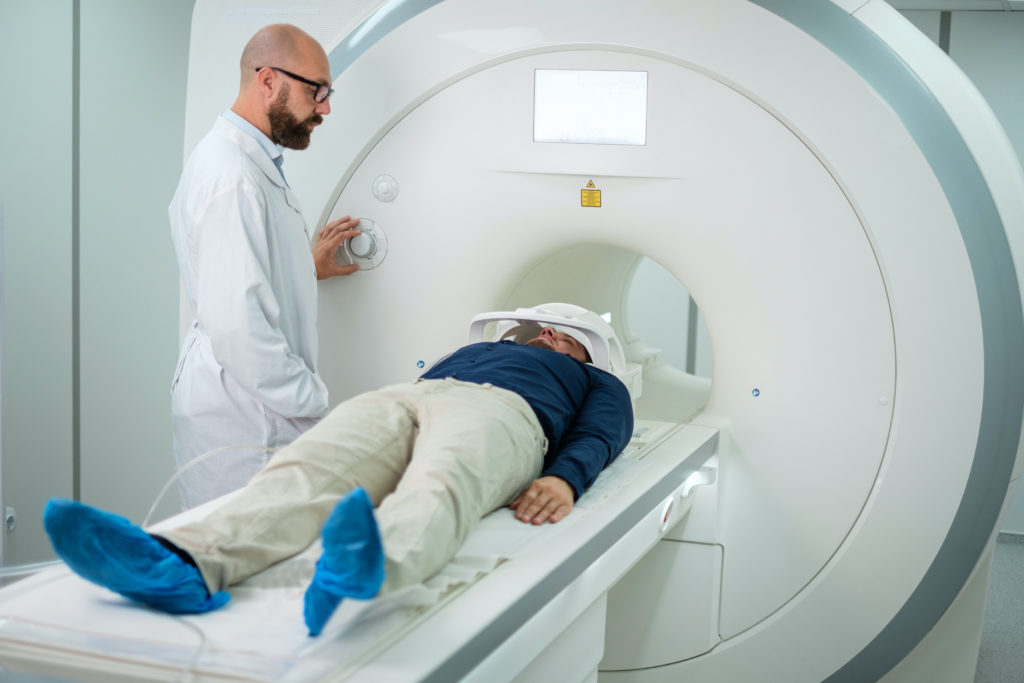APPLICATIONS OF TECHNOLOGY:
- Diagnostics and analytical chemistry
- Detection of gadolinium-based contrast agents in urine
BENEFITS:
- Uses luminescence spectroscopy, a lower cost and more efficient method that does not require sample digestion and preparation compared to the industry standard that uses mass spectrometry
- Capable of detecting residual gadolinium left in patients undergoing imaging procedures
BACKGROUND:
Gadolinium-based contrast agents are widely used in magnetic resonance imaging procedures to enhance image contrast due to their ability to prevent the formation of the luminescent complex Eu3+ – 3,4,3-LI(1,2-HOPO). Despite their common use in clinical settings, gadolinium can be a harmful substance to ingest, and there are several disorders associated with its use. Therefore, analytical technologies capable of tracking contrast agent excretion through urine are necessary for optimizing patient safety after imaging procedures.
TECHNOLOGY OVERVIEW:
Berkeley Lab scientists have developed a new assay to detect and quantify contrast agents in urine based on the luminescence quenching of a bioinspired probe, Eu3+ – 3,4,3-LI(1,2-HOPO). Gadolinium-based contrast agents prevent the formation of the Eu3+ – 3,4,3-LI(1,2-HOPO) complex subsequently decreasing the luminescence of the assay solution. Three commercial contrast agents, Magnevist®, Multihance® and Omniscan®, were used to demonstrate the analytical concept in synthetic human urine, and subsequent quantification of mouse urine samples. This is the first assay that is capable of detecting and quantifying gadolinium-based contrast agents in urine without sample preparation or digestion.
DEVELOPMENT STAGE: Proven principle
FOR MORE INFORMATION:
Roger M. Pallares, Dahlia D. An, Pariswi Tewari, Elizabeth T. Wang, and Rebecca J. Abergel, “Rapid Detection of Gadolinium-Based Contrast Agents in Urine with a Chelated Europium Luminescent Probe, ACS Sensors”
RELATED TECHNOLOGY:
PRINCIPAL INVESTIGATORS:
Roger Molto Pallares
Rebecca Abergel
STATUS: Patent pending
OPPORTUNITIES: Available for licensing or collaborative research
